This is an exercise I do with the entrepreneurs that I coach. And it’s one of the first things that I inadvertently did that got me started in business. Creating an image is time-consuming and it can be difficult. But without a character your brand will suffer.
This article will help you to understand why you need to create a brand character, and by the end, you will actually have answered the questions to make your character a reality.
Why A Character?

Whenever we turn on our television, read a book, or fire up Netflix we are bombarded with characters. Real or otherwise, we find that we are able to relate to their human struggles. Brands have forever been indebted to the powerful persuasion of characters because character is the convergence of marketing and entertainment.
At this stage in the game, the question is not why you should have a brand character, but more importantly, why you don’t?
Competition for Your Attention

Every day content is competing for your attention. Your blog posts, whitepapers, lead magnets, courses, podcasts, pictures and videos are either being shared, liked, and used to get new eyeballs on your content–or they aren’t.
Entertainment is the name of the game when it comes to growing an audience. Entertain is a word that we created from combining the French root entre, which means “together” and Latin tenere, which means “to hold.” So, literally, entertain means to “hold or support together.” Entertainment is the glue that gets people stuck on everything to do with your brand.
Holding someone’s attention in this “attention” economy is everything. There are so many options to choose from that you may only get one chance to impress a new customer. When a prospect lands on your site, they need to remember it. And there’s simply no better way than creating a character that entertains them.
WWE gets a really bad wrap. Okay, I know that it’s fake and everyone else does too. But it’s the story that people latch onto and really makes them want to keep coming back. In fact, they are so successful that they have reached 180 countries and their broadcasting goes out to 650 million people a year!

This is proof that characters sell!
Each character is different, which means that there is a lot of new information to process. As humans, we naturally want to seek resolution. Don’t believe me? Ever try watching Shark Tank and turn the TV off before you find out if Mr. Wonderful funded them, or told them they were “dead to him?” It’s really hard. Our brains want to know what happens, and we get emotionally invested.

So how do you get someone to stop and pay attention to what you’re saying? A lot of people are saying similar things, but you stand out by being different.
Take something really boring like insurance sales. Ugh…there are so many companies all making the same claims–it gets nauseating. But then remember the last time you saw a duck at a pond. You probably joked about AFLAC. That little character is huge for sales!
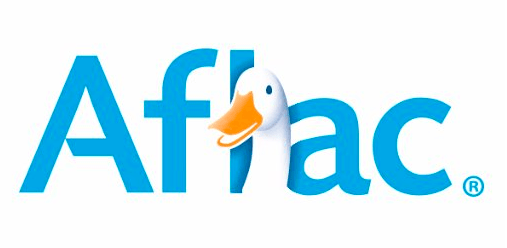
Or, think about GEICO and their cute little gecko with an accent. It’s absolutely genius when you see him parking his little toy convertible. But don’t we all want to watch and absorb their commercials?

Complete this sentence “fifteen minutes could save you…” the answer has become universal.
All of these characters are exaggerations, and are all a little larger than life. GEICO literally stands for Government Employee’s Insurance Company. That isn’t very sexy, or compelling. However, it’s the gecko that we all remember talking about his new Jaguar, instead of the weird name of the company.
The characters we create help you to brand yourself.
And it’s not just fictional characters. In fact, for most of my entrepreneurial clients and partners, I advise them to create a personality persona.
Creating Authority Through Personality Personas

Tim Ferriss labels himself the human guinea pig, because he is obsessed with experimenting on himself. He has conducted thousands of experiments on his body from dieting, blood sugar, and weightlifting. He has also converted this love for research into his passion for flipping the business-building concepts of the past on their heads.
He is known all over the world for being a disruptor, an innovator, and not liking to work more than 4 hours a week.
He created an interesting persona and now everyone knows him.
Lewis Howes created a podcast called the School of Greatness where he gets world-renowned guests from every sphere from A-list celebrities, to NYT’s bestselling authors, and CEO’s of giant corporations. How did he do it?
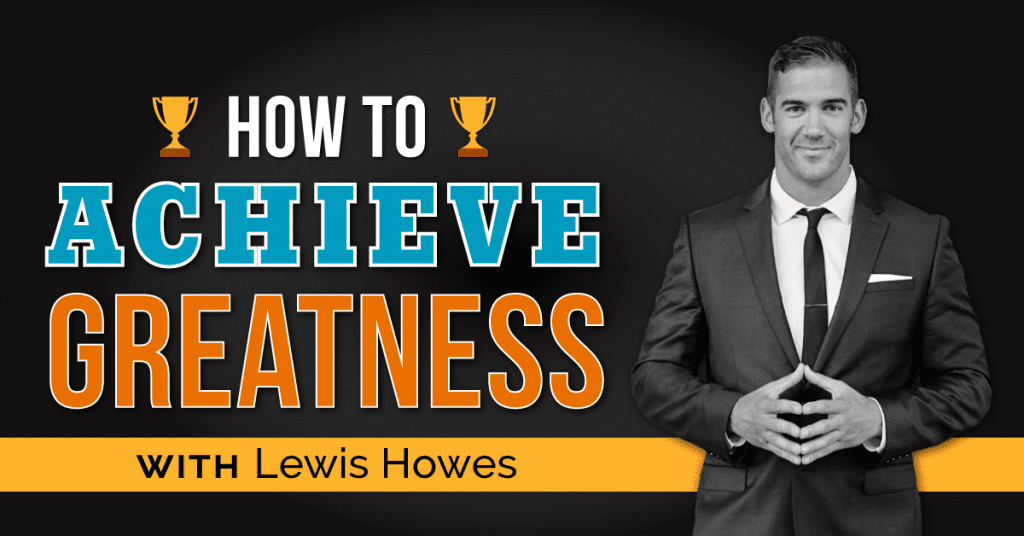
His tagline is that he was a “professional athlete turned lifestyle entrepreneur.” After a career ending injury, he quit football and learned how to make money online. Everyone who has heard of him probably knows that story.
It’s simple, but it’s very powerful and he’s leveraged it to interview people like Jack Canfield, Tony Robbins, and the next influencer I’m about to discuss.
Lilly Singh created content that resonated with people through Youtube. She’s made millions of dollars by amassing millions of subscribers on her channel. By creating characters that people could identify with, she’s been able to create more art including a feature film coming soon to HBO (Fahrenheit 451), artwork, and even some music.

Breaking the traditional mold and being persistent were two keys to the character that she’s created. Once people began giving her positive feedback, she began continuing to create stellar content and come up with new material year after year.
All of these influencers are their own best publicist. Their characters do the work of indoctrinating prospects and customers into their marketing. It is too difficult to maintain customers by simply providing information – it gets boring and loses attention.
Customers don’t stay for information they stay for the relationship.
They stay because the person is interesting. They stay for YOU!
Characters Create Long-term Real Relationships
People want to actually feel a human connection, but they don’t only get that through personal face-to-face interaction. When you put on a podcast, you want to feel like you are doing something that will be worth your time.
Reading and digesting content is a time commitment and we don’t like to waste our time.
Instead, we want a sure shot. So instead of reading new people’s content, we dive even deeper into the people we already like and follow.
Reading the emails of Ramit Sethi at I Will Teach You To Be Rich is something that I do almost every day.
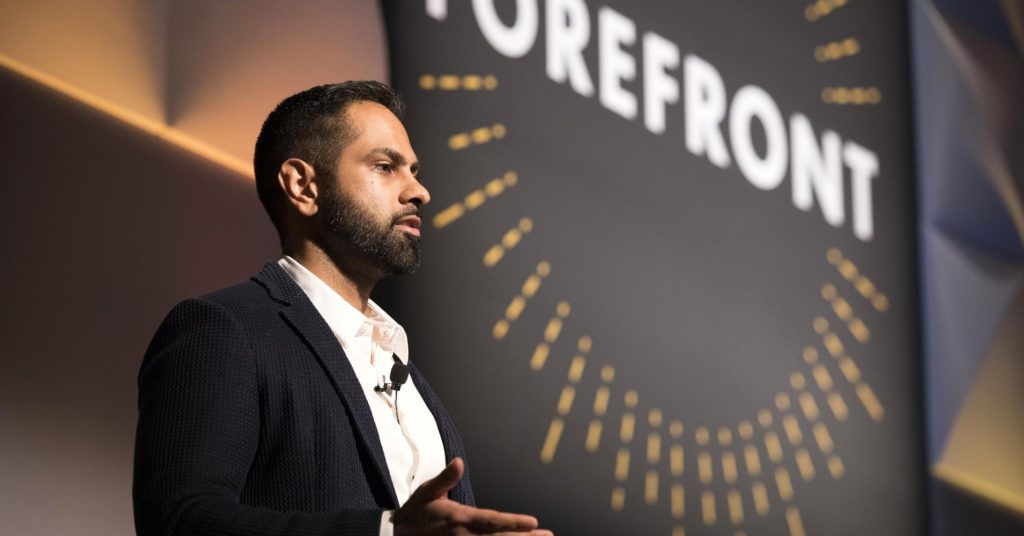
Why?
Well, it’s not because I need to know what he’s saying. As an entrepreneur, I promote similar types of content that he discusses. But I’m hooked on the way he shares his stories about the experiments he and his students are doing both personally and professionally.
That’s what a great character can do.
Followers stay for the character.
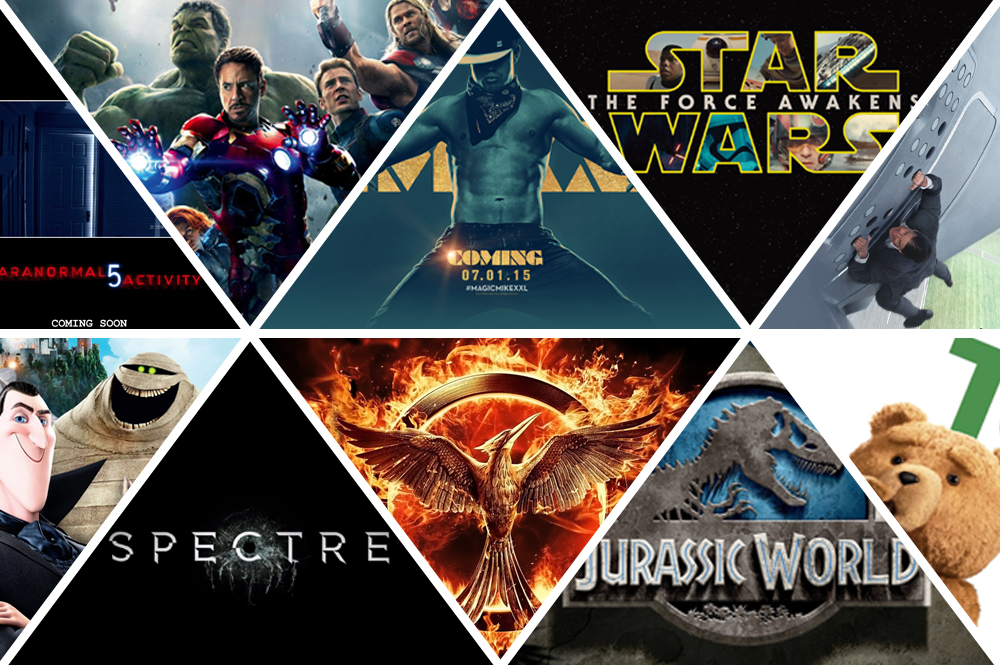
Ever watch a sequel to a movie that you liked? It’s probably not because you liked the plot or you like the director, however those are both valid reasons. But the majority of people who watch the second movie in a series are staying for the characters that appeared in the first movie.
They fell in love with the actors and their fictional characters, and can only get them in that world. Think of Baby Groot in the Guardians of the Galaxy Two!

When your clients and readers can only find unique content like yours on your site it means that they will listen to you long after you’ve run out of new info.
If JK Rowling put out the worst book in history next year, people would still be obsessed with it, because it was written by her.
Your readers aren’t coming there solely for you, they are also coming to your site because they fell in love with the character you created.
Even if you just present information about how to speak a foreign language, you probably do it in a way that is compelling.
Every site has a voice, and every brand needs a character.
So how do you do this for yourself?
The rest of the article deals with how to do this, as promised! You will walk away with the steps necessary to create your own famous character or personality persona.
How Do You Create a Brand Character in 8 Steps?

My character is AJ KUMAR. My real name is Ajay Kumar Chauhan, but I decided to rebrand myself. I felt like Kumar was easier to pronounce and spell. It also rolls off the tongue easier.
Additionally, I am very proud of my Indian heritage, and so I thought this was a more common Indian name. It was a fuse of my American name and my Indian ancestry. In essence, it worked.
It also helped me to differentiate a bit from my personal and professional lives.
That’s just one aspect of my story and it is very important.
Step 1: What’s Your Origin Story?

Your roots are simply where you came from, what you are about, and how you became who you are today. It can be your professional background, your family life growing up, or anything that helped mold you into the person you are now.
Mad Men’s, Don Draper had a horrific upbringing. His childhood spent in poverty and his actions in the war made him he who he was in the AMC series. Our backstory helps readers learn who we are, and how we got there.
For example, my origin story goes like this. I dropped out of college after realizing that I wanted to learn more about marketing and business by working with successful business owners, instead of reading what professors who had never owned a business speculated about them.
I jumped into real estate sales training working for the Mike Ferry Organization. After a few years there, I left to start a company with Neil Patel’s cousin, Sujan, called Single Grain. We quickly scaled that to be the top SEO company in San Francisco in 2011.
Step 2: What Are Your Success Stories?
Explain the magic that makes you and your company unique, but don’t tell us the secret sauce right away. For instance, you could talk about helping a coaching client lose weight or personal feats that people are in awe of (maybe your sales copy helped a client earn $500,000 in their last product launch.)
Here is an example of what I might choose.
I helped Kimberly Snyder become a 3x NYT’s bestselling author by modelling a strategy that Tim Ferriss taught me. We went on to generate millions of dollars, but even more importantly, I know that my work with Kimberly has helped tens of millions of people around the world be inspired to get serious about their health.

Step 3: Recite Three Milestone Moments
We all have that friend who tells the same stories every time the group gets back together. Maybe they are an old classmate, a former colleague, or a current friend–but they always go back to their “go-to” stories. This is also important in business because it creates an identity and helps shape public opinion.
If you’ve been reading my blog, then you probably get that I help celebrity business owners, and entrepreneurs. This is where I would say things like I co-founded Beauty Detox with Kimberly Snyder, and grew Single Grain. At Single Grain, Sujan Patel and I, started with our own clients which brought in about $200,000/year starting out. We quickly grew it to more than 70 clients and over $2 million in revenue in only a year.
In bringing up this milestone story, I would also get a little vulnerable about some of the difficulties associated with my entrepreneurial journey. It’s not always easy, and your readers need to know that you are a real person, with real emotions.
I would also probably talk about how I learned to make companies successful by years of trial and error and through working with Fortune 500 companies at Single Grain, and being around amazing CEO’s every day. I could implement a favorite quote, or talk about the behind-the-scenes lessons. Anything that pulls back the curtains, will make people resonate with the content on a deeper level.
Step 4: Summarize Your Mission Statement

This is pretty common at every major company, but it’s important to remember even as a soloprenuer. What is your mission statement summary? What lights you up? What do you get up in the morning to do each day?
Write out a paragraph that describes you and what you are trying to accomplish.
My mission statement summary is helping entrepreneurs make their dreams real. I help them transform their brands into a digital presence in order to create and maximize revenue. Our work together involves influential people who can make a bigger impact much faster than doing it all alone. They can do this by learning to create great products and services that leave a positive impact on their clients and customers and ultimately our world. My mission is to personally help some of the biggest names in business and Hollywood to create products that help people live better lives around the globe.
Step 5: What Are Your Roadblocks?
Who are the “bad guys” that you have to fight, or stand up against? This is an important aspect of your origin story because it helps you define yourself. You may never write it in print, but it will help you to hone in on your thinking about what you do.
Perhaps, you work closely with the environment so you might be upset that people don’t believe global warming is real. Or, perhaps you will come across people who are fighting to cure cancer and eliminate disease. For some people, inevitable death is the enemy like Bulletproof CEO Dave Asprey who wants to hack his body and live forever. It’s important that you know what you stand for with respect to your company and the specific beliefs that are important to your tribe.
Step 6: Create Insider Language
Explain how to dominate the game through creating important lingo that others can latch onto which creates a “uniqueness” factor about your brand. Marie Forleo calls her B-School students “B-School babes.” It’s catchy, and it reminds her students that she cares about them.
Kimberly calls her audience “Beauties,” because she is marketing mostly to women who were wanting to feel good about their physique.
With the Mike Ferry organization, Mike refers to the Realtors as “Superstars” and even brands his biggest real estate event “Superstar Retreat.” Creating this type of lingo can make you stand out and further reinforce the brand narrative you are trying to convey.
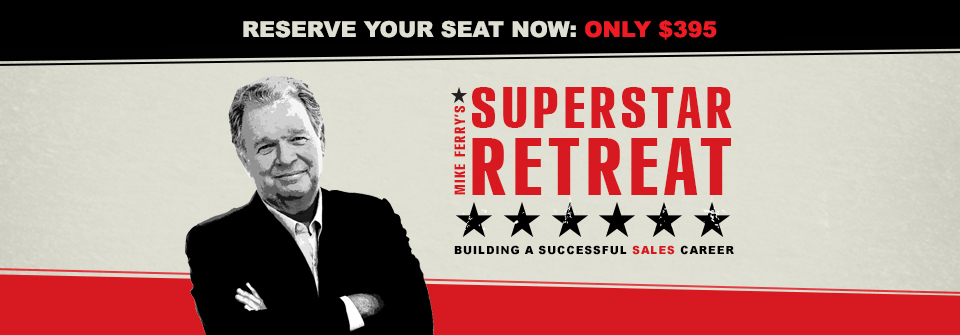
Taking this a step further you can follow Lady Gaga’s momentum to becoming a superstar. In order to create the next brand of fans–she upped the ante by calling out her top fans. By including her top one percent of fans she helped to ensure that they continue their devotion and support of her art. She endearingly calls them her “Little Monsters,” which promotes inclusivity and increases engagement.
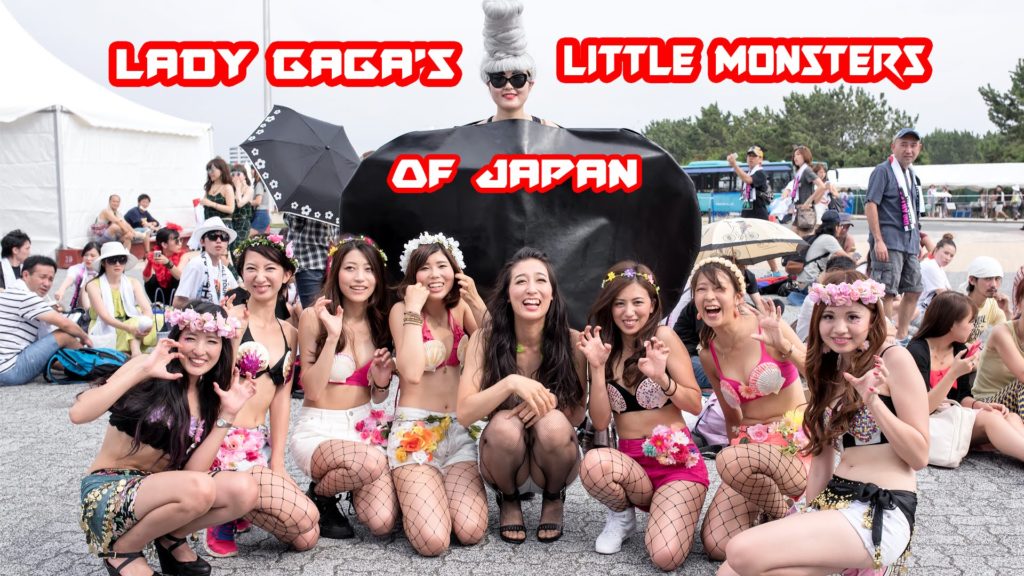
Step 7: Be Perfectly Happy Being Imperfect
When you show up with your flaws and are vulnerable people will respond.
Kimberly Snyder is a perfect example of this. We captured her on camera expressing how she was desperately clinging on to the conditioned perfectionism that her parents inflicted on her. When she was able to give that up and release it she was inspired to keep being authentic, and not trying too hard to impress.

This in turn, helped her fans to feel even more connected to her, which surprised Kim, and led her to continue opening up.
A great cinematic example of this is the movie 8 Mile, where Eminem leads with his flaws in the final rap battle scene to win the championship. He uses the disses that his opponents would try to use against him, before they get a chance to speak. By owning his flaws, he controls the power to soar instead of fall.

Remember, you are trying to help people, and you want to resonate with people who are like you, and intrigue people who aren’t.
Step 8: What Are Your Top 5 Key Character Traits?
People will remember if you love blue M&M’s, play an instrument, or want to buy the New York Jets like Gary Vaynerchuk. It makes it infinitely easier to create content about your character.
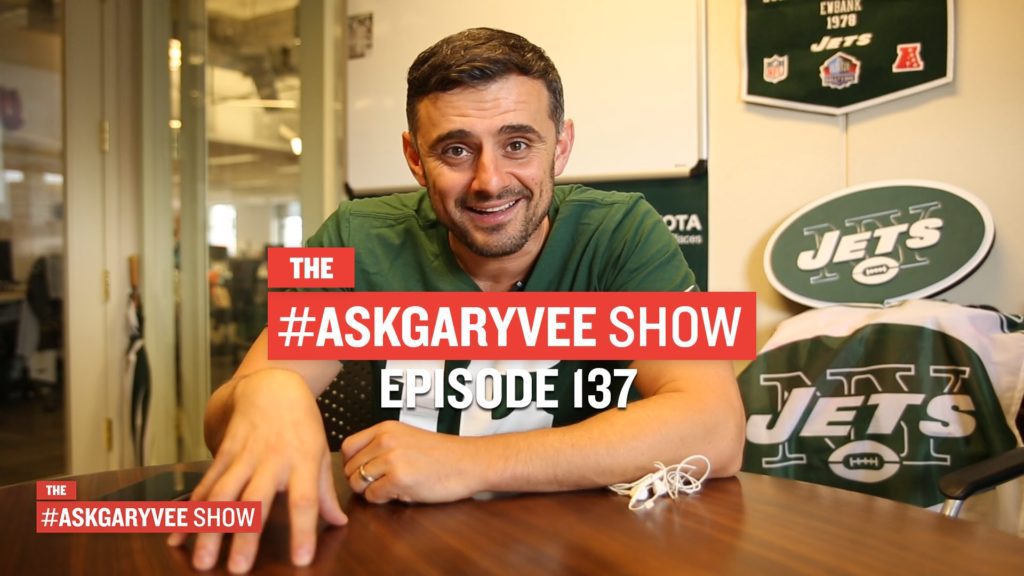
Elvis loved peanut butter and banana sandwiches, and his white suit. But hey, he was the King.
This is a chance to have people connect with you on similar interests, and find out what you are all about.
Creating this type of a story will help you to connect with readers, and will even help you to get some positive fan mail!
Who You Are, Where You’re From, What You Like, and What You Do
Remember that creating a good brand persona or character isn’t as hard as it looks. People want to learn more about you, and creating a persona is a great way to help them get to what’s important. Find ways to bring up who you are, where you’re from, what you like, and what you do in your content.
The most memorable characters are the ones who have a great story behind them. You may have a great story, but if your character isn’t interesting, your story won’t be remembered.
How to Implement Your Character In Your Content

Using the suggestions in this post are paramount to shaping a business that you feel proud to call yours, and it will also be uniquely yours.
In order to create this type of character for your personal brand or company, you may need to start by creating blog content. Content blogging will lead you to some conclusions after you play around with the ideas in your head. Similarly, telling stories through your blogs, email campaigns, videos on social media, and podcasts can help you to figure out where your brand has the most relevance to your followers. You can get feedback that is fundamental to learning how your brand is perceived.
You can also use the second part of this blog as inspiration for sharing stories on social media.
All of this combined will help you to create a well-rounded brand. But don’t forget to make sure that it is entertaining and memorable. When you create something that gets stuck in your friend’s heads, you know that you are onto something! What does your character look like? Is it stylish, fearless like B-Rabbit in 8 Mile, or authentic like Kimberly Snyder?
What is your character like? Share your story in the comments below!
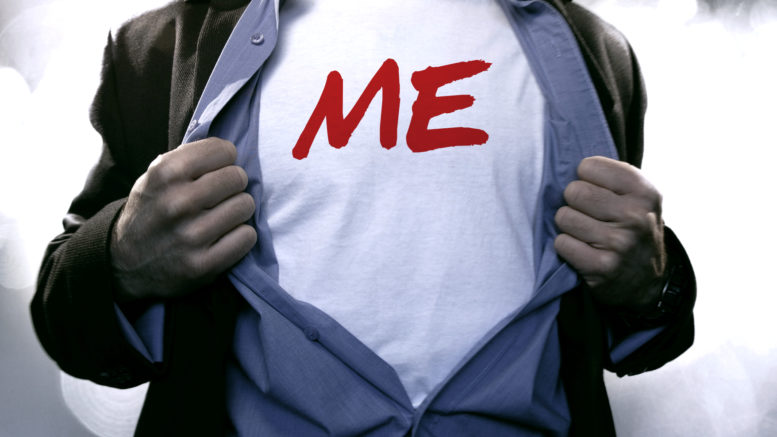

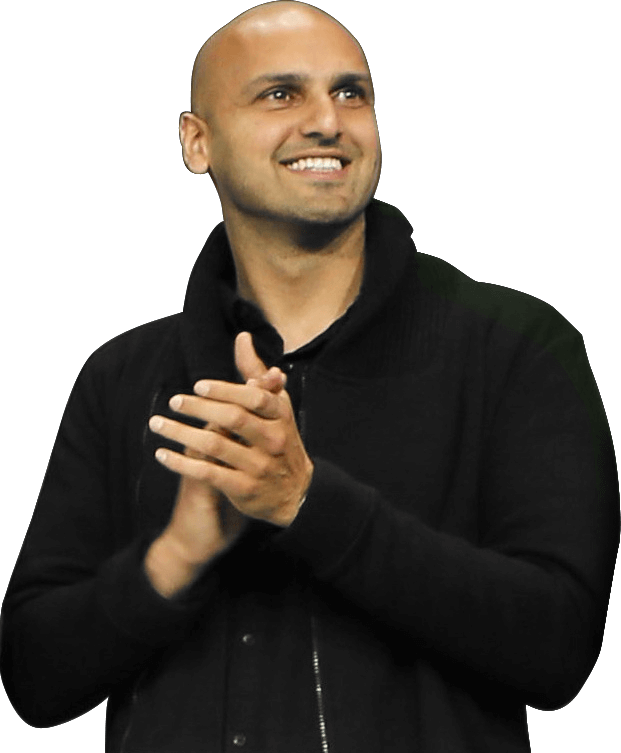
2 Responses
Great stuff.